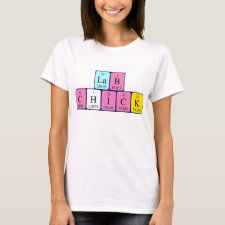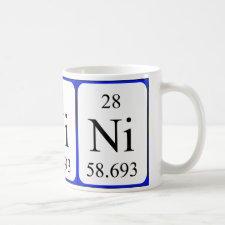
Authors: Mosha DMS, Mkayula LL
Article Title: Metal ion sequestration: An exciting dimension for molecularly imprinted polymer technology.
Publication date: 2005
Journal: Tanzania Journal of Science
Volume: 31
Issue: (1)
Page numbers: 91-98.
DOI: 10.4314/tjs.v31i1.18413
Alternative URL: http://www.ajol.info/index.php/tjs/article/view/18413
Abstract: The use of a tight binding macrocyclic ligand to complex a metal ion so that this serves as receptee on the Molecularly Imprinted Polymer (MIP) receptor as described here affords a sequestration route for a targeted metal ion, with potential for environmental remediation and restoration applications. Ethylene glycol dimethacrylate (EGDMA) based co-polymer systems with either acrylamide or 4-vinyl pyridine as binding monomers are examined. These monomer choices provide strong non-covalent interactions with complementary structural elements in the MIP. The nickel(II) ion whose chemistry is a reasonable substitute for many of the common environmentally important metal ions was examined as prototype. With (N,N',N",N"'-tetra(2-carbamoylethyl)-1,4,8,11-tetraazacyclotetradecane)nickel(II) perchlorate, A4cyclamNi(CI04h serving as imprint, the MIPs have yielded competitive rebinding affinities (17 - ~ 95%) excelling traditional documented levels for noncovalent interactions with magnitudes dependent on monomer identity and rising with its content. Suppressed relative rebinding magnitudes apply for non-templated 'blind' polymer controls. For the 4-vinyl pyridine case at the imprint: monomer level of 1:2 and 1:6. the contrasted MIP vs. control values are 17% vs. 14% and 95.6% vs. 35.6% respectively while for acrylamide monomer at the 1:4 and 1:12 imprint: monomer levels, the corresponding magnitudes are 18% vs. 16% and 74.4% vs. 21.2% respectively. This validates an imprinting effect, which gains prominence at higher monomer excesses. These polymer materials were shown to be robust and durable even under severe heat stress conditions. Evaluation of durability in terms of thermal stress (120 °C; 24h) for the 4-vinyl pyridine MIP (imprint: monomer = 1:2) yielded an affinity improvement from 17 to 26%. For re-use operations, affinity increments to 19, 23,24,27, and 31% were recorded for five re-cycles
Template and target information: nickel ion, Ni(II)



Join the Society for Molecular Imprinting

New items RSS feed
Sign-up for e-mail updates:
Choose between receiving an occasional newsletter or more frequent e-mail alerts.
Click here to go to the sign-up page.
Is your name elemental or peptidic? Enter your name and find out by clicking either of the buttons below!
Other products you may like:
 MIPdatabase
MIPdatabase









